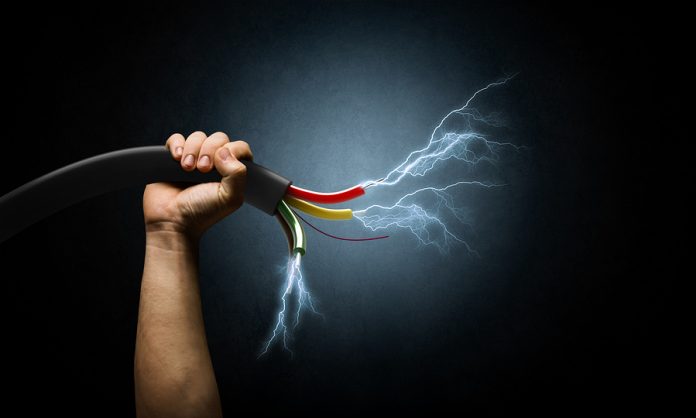Burns is one of the most painful and traumatic injuries someone can sustain on a work site. Electrical burns happen because many employees work around open flames, electrical currents, flammable chemicals, and sparks. In this blog, you will know What types of burns are caused by electric shock.
Electrocution is a leading cause of workplace injuries and fatalities. The specific type of burns is the result of electricity passing through the body. Electrical burns can cause temporary or permanent damage to the tissue, skin, and internal organs. The severity of the injury is dependent on the strength and duration of an electrical current.
Occupational Electrocution
In 2018, there were 160 electrical-related fatalities. The construction industry made up the majority of those deaths. Other occupations that work with or around electricity include engineers, electronic technicians, and power line workers. Even office personnel and salespeople work around electricity indirectly.
No one under any circumstance must overlook the dangers that electricity presents. It requires healthy respect and sound safety procedures.
Electrical burns happen when workers come into contact with exposed parts of electrical devices, wiring, and even lightning strikes. OSHA, Occupational Safety and Health Administration, standards are in place to create safer work environments and off guidelines on the best way to avoid electrocution and burns.
Electrical Burn Risk Factors
Electricity demands the utmost respect when working with or around it. One of the first rules to abide by is to shut down power supplies before making any repairs or installations. The procedure is part of workplace training that should occur on any worksite or in every office.
Training is always the first line of defense when preventing workplace injuries and fatalities. Failing to provide policies and procedures is negligent and puts companies and employees at risk of electrical burns, injuries, and death.
3 Types of Electrical & Degrees
The three most common burns caused by electrical shock are electrical burns, arc burns, and thermal contact burns.
Electrical burns are the most serious and require a physician’s attention as soon as possible. The current reaches the bone and causes tissue damage.
Electric arcs or flash burns come from high temperatures caused by an electrical explosion near someone. When the skin comes in contact with heated surfaces is when thermal contact burns occur. If clothing catches fire during an arc, a thermal contact burn is likely.
Electrical burns come in the same degrees of severity than other types. However, the injuries occur in different parts of the body and can affect internal organs. It is crucial to get a full physical exam at the sign of any symptom.
First degree burns only happen on the outer layer of skin. Swelling and redness are indicators of this degree of injury.
The deeper a burn goes, the more severe. Second-degree burns cause more prominent swelling, and the blisters are more prevalent and painful.
But, here is the thing with the most severe type of burns, third degree, there is little pain to indicate the severity. It is because of destroyed nerve endings. The worst wounds do damage to all layers of skin and the tissue underneath. The injuries look white or charred.
With electrical burns, doctors will run further tests to find damage under the skin. It includes ECG’s to evaluate the heart, urine, and blood tests to check for muscle damage, and CT and MRI scans.
Worker’s Rights
The more severe burns cause damage that leads to years of recovery and costly treatment. Medical costs and the loss of wages affect everyone in a household. Severe burns may keep someone from ever returning to work.
Safety regulations are the best preventive measure an employer can take to avoid workplace accidents, especially when it comes to electrical injuries. Even if even an employee did not follow procedures, they might still be due compensation. Contact an attorney and find out how they can help.
Injuries and fatalities at work due to electrical burns allow the employee to seek worker’s compensation in most cases. In other cases, a third party might be involved. For example, defective products, negligence on the part of someone that is not a direct employer, or caused by a subcontractor’s employee may mean a third party is responsible for compensation.
In any case of electric shock at work, contacting a lawyer is the best plan of action. The severity and cost are burdensome and burn injuries are complex.










